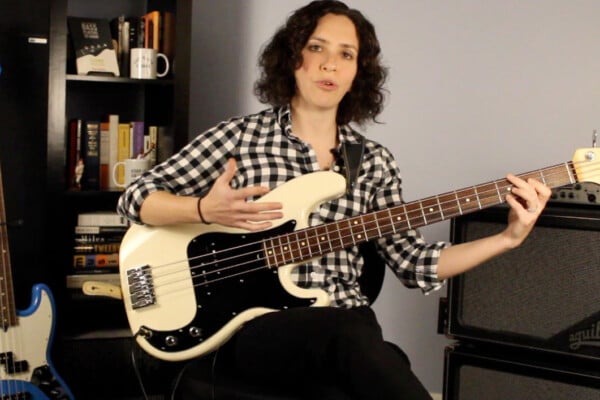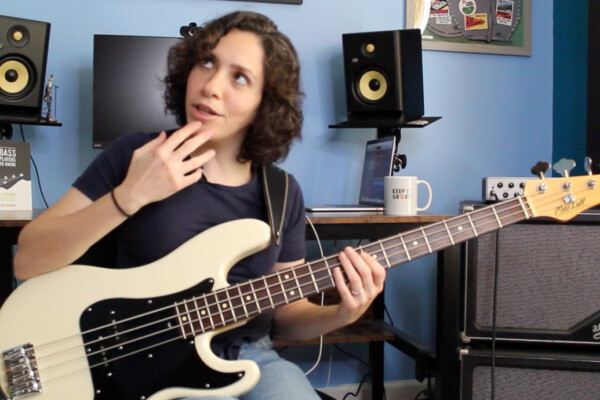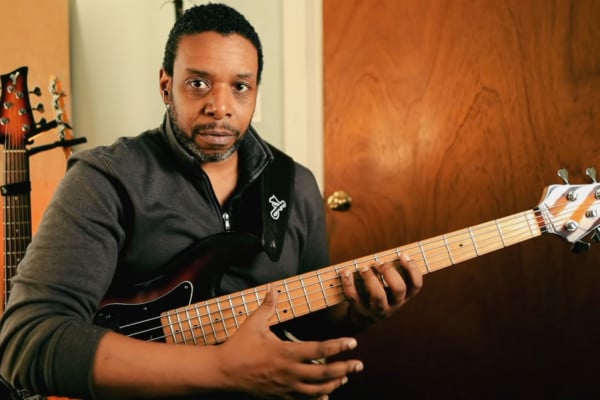Improving Clarity: Left Hand/Right Hand Coordination
There are several reasons why a passage may sound sloppy. One of the more prevalent ones, however, is incorrect coordination between the two hands during passages of separate (i.e. not slurred) notes. For such passages, the fingers must completely stop the string before the right hand, or bow, articulates. While studying violin pedagogy with Mimi Zweig at Indiana University she often referred to this general rule of string playing as “Fingers Before the Bow” or simply “FBB.”
Too often students try to coordinate the two hands by moving them the same time. They attempt to place the left hand fingers on the note at precisely the same time they articulate with the right hand. More often than not, this results in left hand fingers stopping the string a fraction of a second late. This, in turn, leads to unwanted noise and less than reliable clarity. When the right hand articulates, the left hand finger must have fully stopped the string beforehand.
So how do we practice this type of technical coordination?
Let’s consider the passage below:

One way to practice correct coordination between the hands is to change the rhythm to ensure we are fully stopping the string with our left hand before we articulate. Like this:

**If you are plucking, interpret the slurs as “hammer-ons.” If you are using the bow, the slurs are true slurs.
Next, we would continually shorten our added note until it is only a nanosecond or so early. Ending, in its final incarnation, with something akin to this:

Finally we would play the passage as written again:

The result of such practicing, even for a short time, is most often a remarkable improvement in clarity and reinforces the habit of correct coordination between the hands.
Long term
Once we are in the habit of completely stopping the string with our left hand before we articulate with the right, we can often clean up a passage by simply focusing on this technical aspect (Fingers Before Articulation/Bow) mentally. Even so, it is still valuable to continually review the technique, as above, on any unclear passage and during scale practice.
Always remember: Musical timing is different than technical timing.
Dr. Donovan Stokes is on the faculty of Shenandoah University-Conservatory. Visit him online at www.donovanstokes.com and check out the Bass Coalition at www.basscoalition.com.




Although this article appears to focus more on upright string instruments, one can work hard to build speed and dexterity as well as control in your bow or plucking hand only to find our fretting hand isn’t keepin up or is off somehow. Many times, while building lines using a finger style funk approach similar to Rocco Prestia, I’ll concentrate on each note to make sure the control is there. Than I kick the metronome up a few beats. No point in having super speed in one while stumbling behind with the other. It can happen quick when and if we’re not on top of it.